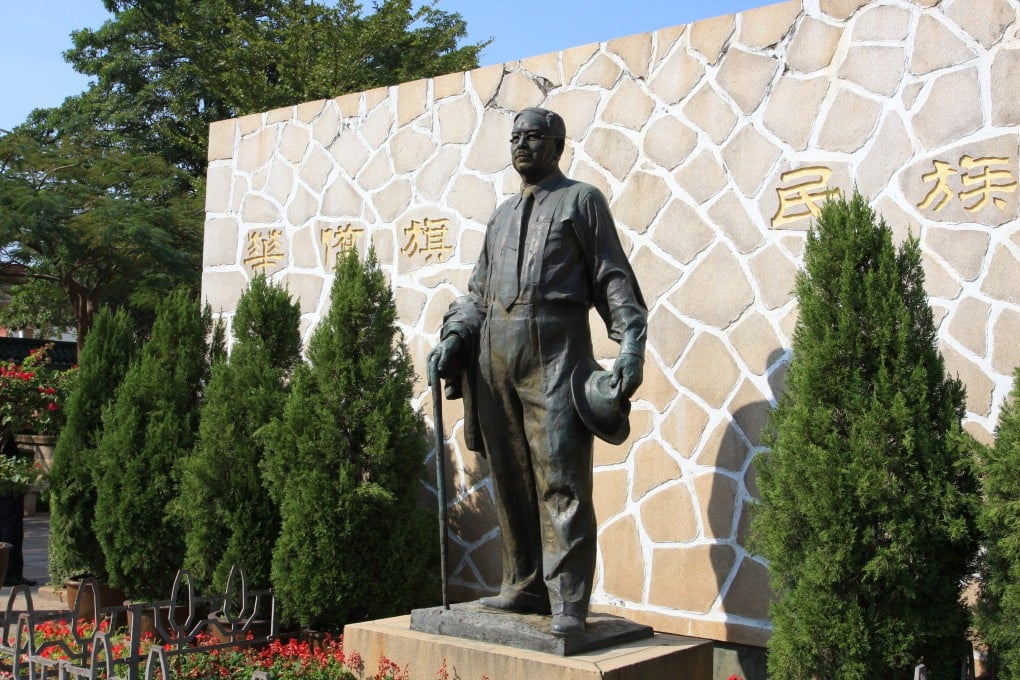Asian Angle | How Southeast Asia influenced China through business titans Tan Kah Kee and Robert Kuok
- Early industrialist Tan Kah Kee founded schools in China and contributed to Southeast Asia’s wartime effort against Japanese occupation
- Robert Kuok played an important role in China’s opening up, bringing in investment and helping Beijing boost its knowledge of Southeast Asia

In recent decades, some historians have advocated for a “global history” approach, trying to break free from narrow national perspectives to look at the interconnectedness of past events.
“Globalisation has fundamentally altered our ways of knowing and it is no longer possible to study nations in isolation and to understand world history as emanating from the West,” wrote Sebastian Conrad, professor of history at the Free University of Berlin, in What is Global History? in 2016.
An examination of how those who distinguished themselves in Southeast Asia have influenced China can provide more context and a global perspective for future exchanges with Beijing.

The 1911 revolution in China resulted in the collapse of the Qing dynasty and the birth of a Chinese republic. Earlier in 1908, Henry Ford launched the Model T, the first car that was mass-produced at an affordable price. Both events involved rubber, and at that time only Malaya and some parts of South America produced rubber.

